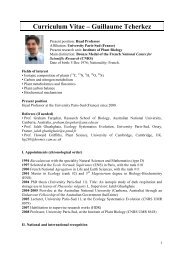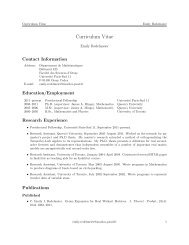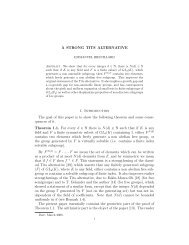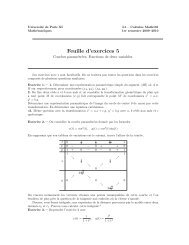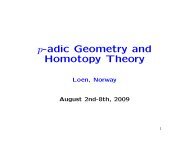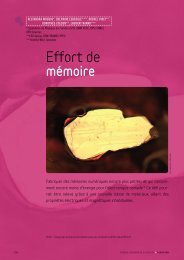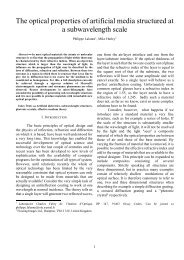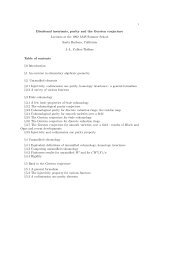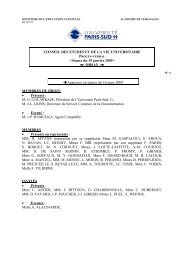Manin obstruction to strong approximation for homogeneous spaces
Manin obstruction to strong approximation for homogeneous spaces
Manin obstruction to strong approximation for homogeneous spaces
Create successful ePaper yourself
Turn your PDF publications into a flip-book with our unique Google optimized e-Paper software.
<<strong>strong</strong>>Manin</<strong>strong</strong>> <<strong>strong</strong>>obstruction</<strong>strong</strong>> <<strong>strong</strong>>to</<strong>strong</strong>> <strong>strong</strong> <strong>approximation</strong> <strong>for</strong> <strong>homogeneous</strong> <strong>spaces</strong> 51[15] J. Dieudonné et A. Grothendieck, Éléments de géométrie algébrique (EGA)Inst. Hautes Études Sci. Publ. Math. 4, 8, 11, 17, 20, 24, 28, 32 (1960–1967).[16] A. Ducros, Principe local-global sur le corps des fonctions d’une courbe réelle:e<strong>spaces</strong> principaux homogènes et surfaces rationnelles, Thèse de l’UniversitéParis-Sud, 1997.[17] S. Encinas and O. Villamayor, Good points and constructive resolution ofsingularities. Acta Math. 181 (1998), 109–158.[18] S. Gille, On the Brauer group of a semisimple algebraic group, Adv. Math.220 (2009), 913–925.[19] J. Giraud, Cohomologie non abélienne, Die Grundlehren der mathematischenWissenschaften, Band 179, Springer-Verlag, 1971.[20] A. Grothendieck, Le groupe de Brauer. I, II, III, In: Dix Exposés sur laCohomologie des Schémas, pp. 46–188, North-Holland, Amsterdam; Masson,Paris, 1968.[21] D. Harari, The <<strong>strong</strong>>Manin</<strong>strong</strong>> <<strong>strong</strong>>obstruction</<strong>strong</strong>> <strong>for</strong> <<strong>strong</strong>>to</<strong>strong</strong>>rsors under connected algebraicgroups, Int. Math. Res. Notices (2006) volume 2006, Article ID 68632, 1–13.[22] D. Harari, Le défaut d’<strong>approximation</strong> <strong>for</strong>te pour les groupes algébriques commutatifs,Algebra and Number Theory 2 (2008), 595–611.[23] D. Harari and A. N. Skoroboga<<strong>strong</strong>>to</<strong>strong</strong>>v, The Brauer group of <<strong>strong</strong>>to</<strong>strong</strong>>rsors and its arithmeticapplications, Ann. Institut Fourier 53 (2003), 1987-2019.[24] D. Harari and A. N. Skoroboga<<strong>strong</strong>>to</<strong>strong</strong>>v, Non-abelian descent and the arithmeticof Enriques surfaces Int. Math. Res. Notices 52 (2006), 3203-3228.[25] D. Harari and T. Szamuely, Arithmetic duality theorems <strong>for</strong> 1-motives, J.reine angew. Math. (Crelle) 578 (2005), 93–128.[26] D. Harari and T. Szamuely, Local-global principles <strong>for</strong> 1-motives, Duke Math.J. 143 (2008), 531–557.[27] H. Hironaka, Resolution of singularities of an algebraic variety over a field ofcharacteristic zero. I, II. Ann. of Math. (2) 79 (1964), 109–203; ibid. (2) 79(1964) 205–326.[28] R. T. Hoobler, A cohomological interpretation of Brauer groups of rings,Pacific J. Math. 86 (1980), 89–92.[29] B. Kahn, Deux théorèmes de comparaison en cohomologie étale; applications,Duke Math. J. 69 (1993), 137–165.



